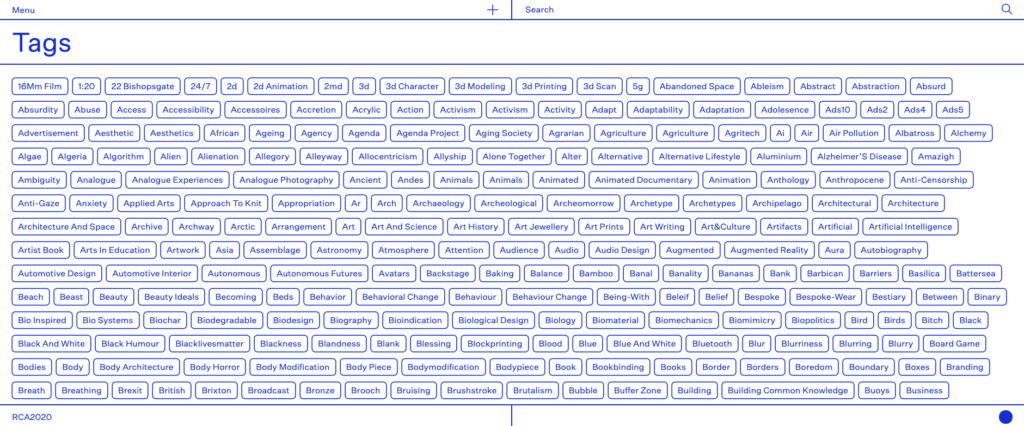‘Traditional’ visual arts do not translate easily to representation on digital platforms. This may seem strange, as they are ‘visual’ by their very nature. The type of ‘visual arts’ that I am talking about are different to other types of visual arts such as graphic design and illustration, where the works are designed to live on a digital interface, and in some cases never have a life off of a monitor, screen or viewing device.
The works I refer to when talking about the ‘visual arts’ are designed to be viewed in person (performance, video, installation, painting, sculpture, print, ceramics etc.). Their full potential is realized through an immersive sensory experience with the viewer.
A formative example of this for me was an experience I had as a young artist viewing a painting by Jackson Pollock in the Museum of Modern Art. I’d never been particularly enthralled by Pollock’s works previously, my only experience of it beforehand was small reproductions in books or on a computer. When I finally had the opportunity to stand in front a Pollock in New York, it took my breath away:
I could smell the turpentine and enamel.
The paint was sculptural and alive on the canvas.
The scale of the painting was immense, occupying my full line of sight from edge to edge.

This immersive physical experience could never be translated to a flat reproduction in a book or on a screen. But to say that we can’t transition the same experience online is not to say that we shouldn’t try. It will be different, but different doesn’t need to mean worse.
When I first viewed the Royal College of Art’s 2020 ‘digital discovery platform‘, I felt a similar impact to that of viewing the Pollock painting. Different of course, but similar in the immersive feeling of surprise and enjoyment.
In a time when end of year third level exhibitions didn’t take place for the first time in history, this ‘digital discovery platform’ shows other institutes how a third level archive can look and function as a tool for artistic research, discovery, and exploration. With curated collections, stories, an extensive series of talks and events, along with a visual archive of full resolution imagery and accompanying metadata searchable by thousands of conceptual tags, this ‘discovery platform’ explores the exciting potential of the ‘difference’ of the digital.

During these strange times when visual arts organisations and institutes are rushing to translate ‘difficult to translate’ visual content to a new digital platform, we need to allow for slow and considerate thinking; to hold the door open for the exciting possibilities that ‘different’ can bring.
